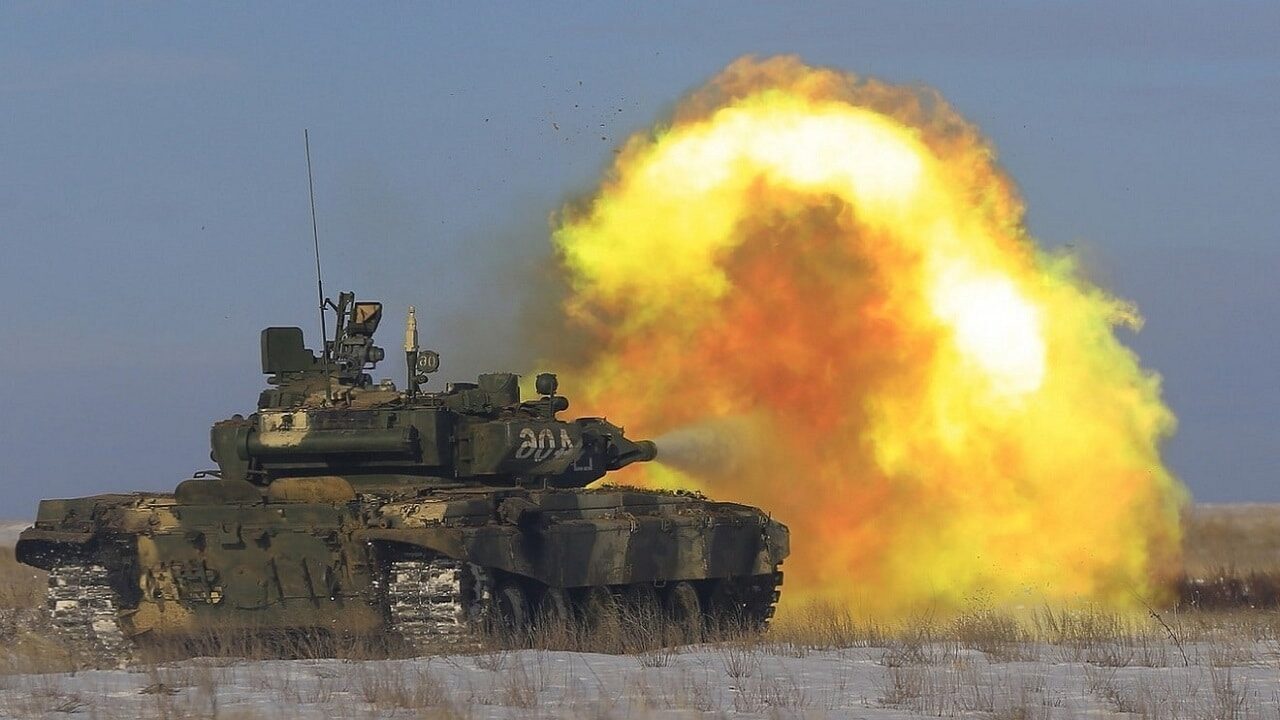Despite Increased Activity in Southern Ukraine, Russian Forces Continue to Make Bloody Attempts at Advances in Donbas – Although outside observers are increasingly watching Russia’s noticeable repositioning of troops towards southern Ukraine to shore up its position in the environs of the southern city of Kherson, fighting in Ukraine’s eastern Donbas region continues to rage, particularly near the long-occupied city of Donetsk. Russia has not slowed down its attacks in Donbas, even as its forces in Kherson are coming under increased logistical strain.
How is Russia Repositioning?
Since July, Ukrainian forces operating in the south of the country have begun to ratchet up pressure on Russian forces positioned to the north and west of the city of Kherson. Since May, more than 50 settlements near Kherson have been liberated as Ukrainian forces chip away at Russian-controlled territory there. Russia has been forced to construct pontoon bridges to compensate for Ukrainian strikes on the bridges which link Kherson with the rest of Russia’s occupied regions, the most direct and critical of which being the Antonivskiy Bridge which directly links Kherson with the eastern side of the Dnieper River. Simultaneously, Ukrainian military leaders have publicly warned that Russia may be building up forces in the region not just to counter a long-planned Ukrainian counteroffensive towards Kherson, but possibly to make a thrust northwards towards the city of Kryvyi Rih on the west side of the Dnieper, as well as the city of Zaporizhzhia on the eastern bank of the river. Ukraine is eager to thwart reported Russian plans to facilitate the annexation of the territories it occupies in Ukraine by organizing “referenda” along the lines of the internationally condemned polls which took place in Crimea in 2014. Continued Ukrainian strikes on the infrastructure which Russia’s invasion forces near Kherson relies on for its logistics could also complicate Russia’s defense of its current positions from Ukrainian counterattacks as well as any renewed assaults Moscow has planned.
Donbas Fighting Continues
Even as a general repositioning appears to be taking place, the intensity of fighting in Donbas has not been flagged. In his August 2 nightly address, Ukrainian President Volodymyr Zelensky described the battlefield conditions faced by Ukraine’s forces in the region as “just hell,” and said that Ukrainian forces remained outgunned and outmanned on the battlefields of Donbas. In recent days, Russia has continued to make frontal attacks on the frontline cities of Slovyansk, Siversk, and Bakhmut, only making piecemeal progress there.
According to the Institute for the Study of War’s August 7 assessment, Russian forces have also made a concerted effort to advance to the north and western suburbs of Donetsk, achieving some small gains. Fighting along this section of the frontline has been particularly difficult for Russia since the battle is concentrated around Ukrainian positions to the west of Donetsk which Ukrainian troops have had almost eight years to fortify since the conflict in eastern Ukraine originally flared up in 2014. Local Ukrainian military leaders in the city of Sloviansk, which was one of the most contested cities in eastern Ukraine in the opening weeks and months of the 2014 conflict between Ukrainian forces and Russian-organized separatists, have begun preparing for what they see as an imminent Russian offensive towards the city, the seizure of which would be a symbolic victory for Moscow.
In recent days, activity on the frontlines to the east and north of Sloviansk has picked up as Russian forces make probing attacks, despite assessments that Russian forces had pulled a significant portion of their forces away from sectors near Sloviansk to fight in Kherson. The focus of Russian attacks and activity in in the east for now appears to be centered around the cities of Bakhmut and Avdiivka, which Russia would realistically need to seize before making a serious attempt at attacking Sloviansk.
Even as Russia has made an effort to maintain its attacks in Donbas, the ambiguity surrounding the buildup of forces by both armies near Kherson could influence the outcome of Russia’s plans for further offensives in Donbas, depending on how its forces fare in the south. The success of Russian plans to generate manpower in unorthodox ways will also be important to monitor, as their success or lack of success could determine how long Russia will be able to sustain its invasion.
Wesley Culp is a Research Fellow at the Center for the Study of the Presidency and Congress. He regularly writes on Russian and Eurasian leadership and national security topics and has been published in The Hill as well as in the Diplomatic Courier. He can be found on Twitter @WesleyJCulp.

